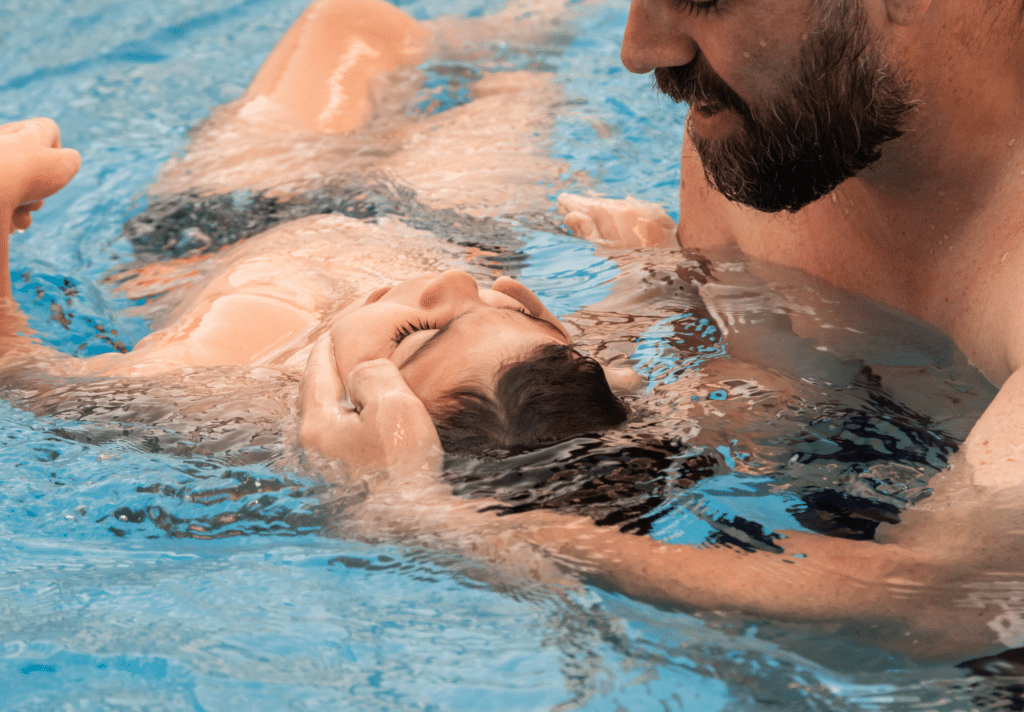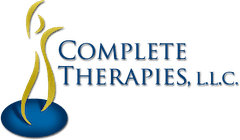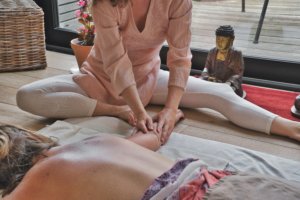While most people get benefit from physical therapy, Aquatic therapy can be especially beneficial for those with chronic pain. People who have undergone surgery or an injury can often find it difficult to recover. They want to build strength, flexibility, and endurance while still maintaining the safety of a water environment. They also don’t want to risk straining their bodies during exercise, as usual exercises can be too strenuous and may not be suitable for their condition.

The best way to benefit from aquatic therapy is to understand how it works. This therapy is beneficial to people of all ages and can be particularly helpful to those who struggle with land-based exercises. It can also be tailored to your specific condition. Depending on your goal, aquatic therapy may require one to attend sessions regularly or invest in a home pool. However, remember that results will only be visible if you use them consistently.
During physical therapy sessions, warm water is relaxing for the body. As a result, your muscles relax and are more easily re-educated. In addition to that, the water also provides a relaxing environment for aching muscles. Because people are less likely to move as quickly in water, it is easier to focus on each motion and make sure to use your entire range of motion. Moreover, it will help you get better compliance with the session.
Another important feature of an aquatic therapy pool is the adjustable water depth. Adjustable water depth controls allow therapists to adjust the level of water in the pool based on the weight of the client.
Underwater cameras are essential features of an effective aquatic therapy pool. These cameras allow therapists to monitor the progress of each client. This allows them to make real-time adjustments to the level of support for the client. Additionally, underwater cameras give clients visual feedback about the progress of the therapy.
The Burdenko Method is a type of water therapy that emphasizes the use of auxiliary flotation materials. The Burdenko Method is a popular choice for a client suffering from a sports-related injury. The active movements and massage techniques in the water improve balance, flexibility, and coordination. Aikido-like moves are also an important component of Waterdance. Waterdance combines elements of both the Watsu and the Burdenko methods, which is why it’s such an effective therapy for patients with many injuries.
The use of water is especially beneficial for patients with injuries since water is more compressible than air. The compression of water helps the patient’s muscles, joints, and chest cavity. This helps reduce the swelling and stiffness associated with injury. Additionally, warm water can relax muscles and vessels and improve circulation to the injured areas. It also reduces pain and increases mobility. In addition to this, water has anti-inflammatory properties.
Whether you’re a parent, caregiver, or therapist, water therapy is a safe, beneficial alternative to land-based therapies. Incorporating infants into water therapy can help improve the one’s cardiorespiratory, psychomotor, and motor control patterns. Adding a water-based activity into a patient’s daily routine can improve his or her sleep and relaxation. However, many important factors should be considered before incorporating water therapy into a one’s life.


